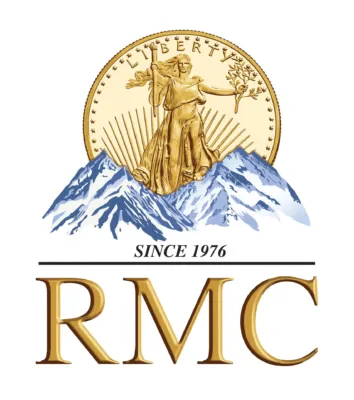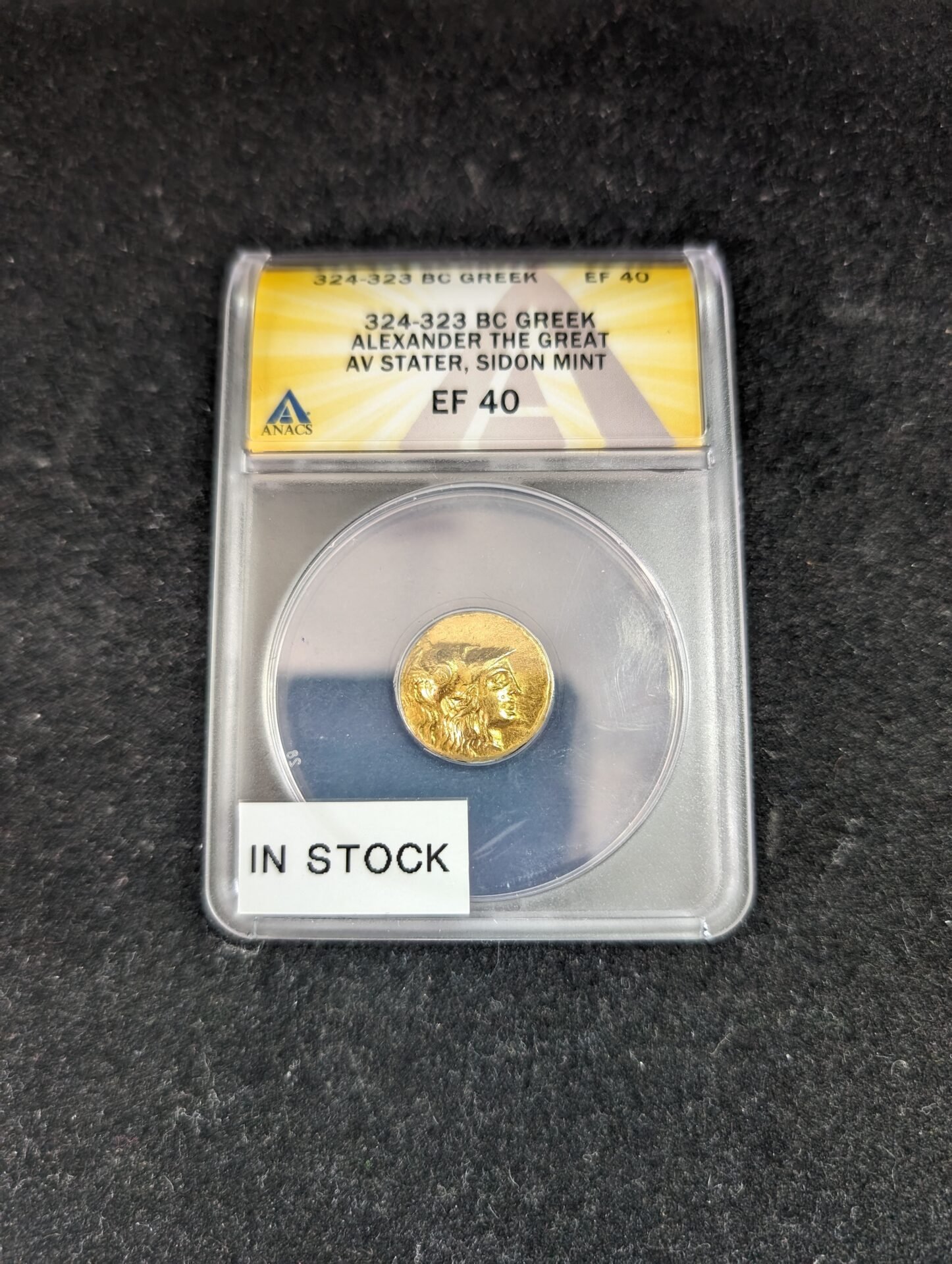From 1999 to 2008, the US Mint created five special quarter designs every year to honor the 50 states. The state quarters were minted in order of when each state ratified the Constitution or was admitted to the Union. The US Mint also authorized and minted six additional quarters to honor the District of Columbia and five US territories in 2009. The 50 State Quarters Program sparked huge interest in coin collecting across the nation. But now that the state quarters have all been minted, you may wonder if the coins in your collection are worth more than 25 cents each. Read on to discover what you need to know to evaluate your state quarter collection.
1. The State Quarters Come in Four Formats
You can find or purchase different types of state quarters:
- Coins in general circulation: These coins came out of the Philadelphia and Denver mints, so you’ll see a P or a D mark on the side with Washington’s profile. Coins of this type were sent into circulation among the public, so they’re generally only worth face value.
- Satin finish coins: State quarters from 1999 to 2004 are regularly minted coins as they did not introduce “satin/burnished” finished coins until 2005.State quarters of this type from 2005 to 2009 are distinctive from regular coins because the finish is applied after the coins are struck. They appear matte, unlike their proof counterparts, which have reflective fields. These coins are often referred to as Burnished or also known as Specimen (SP) State.
- Copper and nickel proofs: Proof coinage means special early samples of a coin issue, historically made for checking the dies and for archival purposes, but nowadays often struck in greater numbers specially for coin collectors (numismatists). Made solely for collectors since 1838, proof coins are coins that have been struck with a high-polished die to give it that mirrored finish. Nearly all countries have issued proof coinage. The US Mint produces and sells sets of state quarter proofs made from copper and nickel-clad copper, also known as clad proofs.
- Silver proofs: Unlike the copper and nickel proofs, silver proof state quarters are 90% silver, and fewer silver proofs than clad proofs exists. That means some proof coinage could be among the most valuable state quarters, especially silver proofs from the early years of the state quarter program.
In general, the list above goes from the least valuable to the most valuable. Individual coins may be worth more, but as a general rule, proof coins will be more collectible than general circulation coins.
2. The US Mint Didn’t Make the Same Number of Quarters for Every State
You may guess that the US Mint created a set number of state quarters for every state. That would mean that a specific amount of state quarter sets exist. However, a state’s total number of quarters varies by state. To coin collectors, this matters because it makes some state quarters rarer than others. Despite this, you shouldn’t have too much trouble finding a set of 50 state quarters-the US Mint created at least 400 million state quarters for each state, and some states have more than 1 billion quarters. You also need to consider that some states have higher populations than others. This could mean that demand for some quarters is higher than others. For example, California quarters could have the highest demand because that state has a large population, and only 520.4 million California quarters exist.
3. The Most Valuable State Quarters Are Those With Minting Errors
Under most circumstances, mistakes don’t make an item more expensive. Imagine if you had to pay more for a car with a broken engine or no brake lights. But in coin collections, coins with minting errors are the rarest and therefore the most valuable to collectors. In a previous blog, we mentioned that one version of the Wisconsin state quarter has an estimated value of $250 to $300. This coin appears to have an extra leaf on the back side, due to a minting error. Other state quarters are known to have minting errors. As you evaluate your collection, keep your eyes open for the following inconsistencies:
- Larger-than-normal size
- Off-centered designs
- Blank sides
- Copper-colored sides
- Sides that lack a typical degree of detail
- Signs of die cracks
- Coin rotation, meaning the front and back sides do not align
Some of these errors are more common than others in the state quarters. For example, incorrectly sized coins rarely escape a US mint, but thousands of blank-sided state quarters likely found their way into circulation. Remember, the rarer a coin, the higher its value to a coin collector. In closing, let’s return to the original question posed by this blog: is a basic set of state quarter coins worth anything? Unfortunately, if you created your collection from coins you found in your wallet and at your bank, your 50 quarters probably have no more value than 25 cents each. A complete collection is worth $12.50, which isn’t nothing, but also isn’t a lot. That said, you may have some valuable state quarters hiding in your collection-so go ahead and examine them! Even if you don’t discover a Wisconsin leaf quarter, you’ll begin to appreciate the skill and artistry that went into creating these special coins. If you are lucky enough to find a rare state quarter, bring it to a coin collector for an appraisal.




